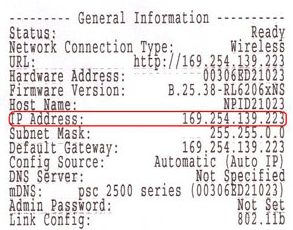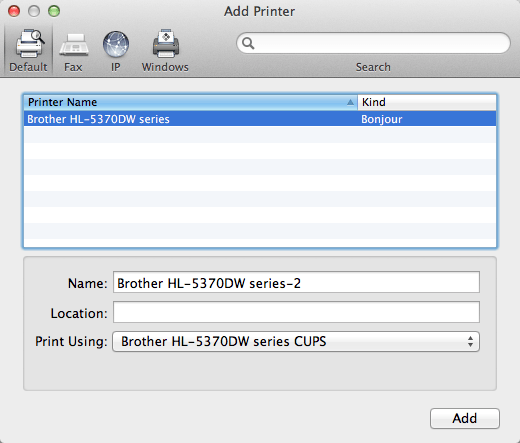Method 1 – Restart Everything
The first thing I realized with having a wireless printer is that it’s totally at the whim of the wireless router. If your router is having issues, which they do all the time, then your printer will no longer work. This is true even if you are able to connect to the Internet with a computer that is wireless connected. I can’t tell you how many hours I wasted trying to change settings on the printer and computer, only to find out I had to restart the router and everything worked fine!
So the first thing you should do is turn off your computer and turn off the printer. Go ahead and restart the wireless router by unplugging it and then waiting 30 seconds and then plugging it back in. Then switch on your computer and then switch on the printer. Let everything connect and then try to print again.
Method 2 – Check Wireless Connectivity
The second thing you need to do is make sure that the printer is still connected to the wireless network. Once you have a printer for a long time, you tend to forget that it depends on the wireless network. You might make a change to your wireless router (password, mode, SSID, etc) and all of a sudden your printer is no longer connecting.
The main thing to do is to print the network configuration sheet directly off the printer. There is usually a button or a menu option that lets you print the current network status. It will tell you if it is connected to the wireless network or not. If you see an IP address like 169.254.x.x, that means your printer is not connected to the network properly.

In this case, you will have to either manually add it back to the network on the printer itself or will have to cable connect it to your computer and then configure it to reconnect to the wireless network. Sine printers will even allow you to run the software and connect the printer to the wireless network without having to connect the printer to the computer via cable. It basically creates an ad-hoc wireless network between the printer and the computer, thereby not needing a wireless router.
If you have an HP printer, you can also check out their site which gives extensive details on reconnecting your wireless printer to the network:
Method 3 – Anti-virus/Firewall Programs
Did you recently install any software on your computer like an anti-virus program or any kind of Internet Security suite or additional firewall? A lot of times programs such as Norton Internet Security or McAfee or Comodo Firewall can block the connection from your computer to your printer. Try disabling any anti-virus or security software and check to see if that fixes the problem with the printer connectivity.
Also, if you installed any other software like virtualization programs, it’s best to uninstall those and try again. Only uninstall something if you recently installed it and started seeing this problem.
Method 4 – Reconfigure Printer
I kind of mentioned it above, but it’s worth going over again. If you replaced an old router or changed some settings on your router, you may have to reconfigure the printer in order for the wireless printing to work. If you changed:
1. Wireless password or wireless security protocol (WEP, WPA, WPA2, etc)
2. SSID (network name) of your wireless router
3. Enabled any kind of filtering like MAC address filtering or AP Isolation
In these cases, you will have to change the settings on the printer to match the router and then connect again.
Method 5 – IP Address Change
Normally, your printer will have the same IP address on the local network because it’s lease will never expire as long as it communicates with the DHCP server every couple of days. However, there are time when the printer’s IP address will change and all of a sudden your printing ability will go bye-bye.
The easiest thing to do in this case is simply change the IP address of the printer on your computer. On a Mac, you can just delete the printer and then re-add it with the new IP address. On Windows, you can change the IP address of the port or you can remove and add the printer again if you like.

Note that you will never have this problem if you use the CD that came with the printer to install the printer. The reason why is that the software installed on the computer will automatically detect any address change of the printer and send the print jobs to the correct IP address. If you install the driver and then manually add a TCP/IP printer in Windows, you will have to manually delete the printer and add it again in order to print.
Method 6 – Download Latest Utilites
If you still can’t figure things out, try downloading the latest install package for your printer directly from the manufacture’s website. Sometimes the CD that comes with the printer may have not the latest drivers and so it’s best to download them directly from the website.
Another thing you can do to help narrow down the problem is to try and print from multiple computers. If you setup your wireless printer on several machines, try to see if you can print from another computer. That way you can quickly tell if it’s a problem with the printer or with the computer. Again, do this after you rule out the wireless router by restarting it.
If you are still having trouble printing to your wireless printer, post a comment here with your setup and details and we’ll try to help! Enjoy!